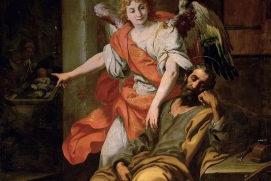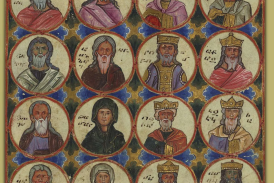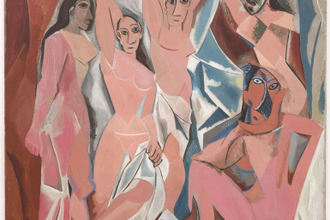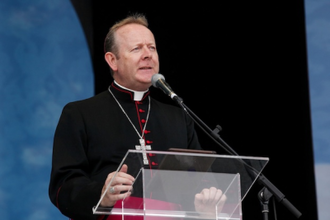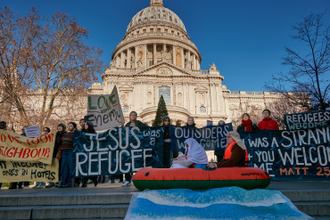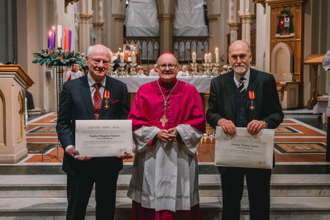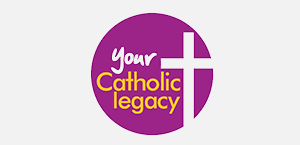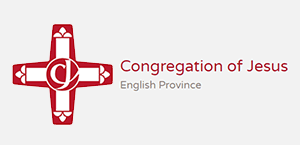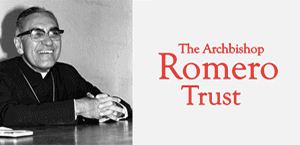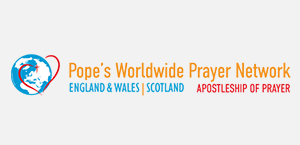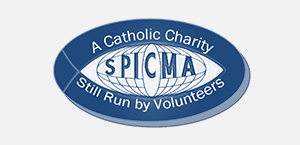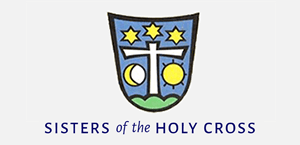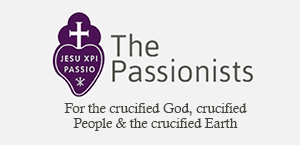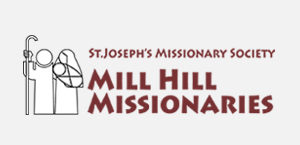Gospel in Art: Elijah has come already and they did not recognise him
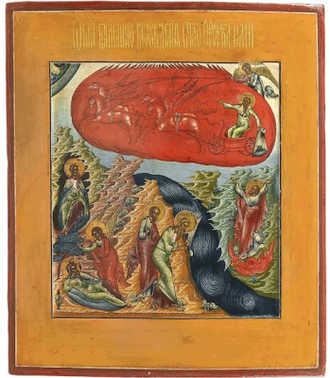
The Fiery Ascension of the Prophet Elijah, Mstera School, 19c © Ruzhnikov Fine Art
Source: Christian Art
Gospel of 16 December 2023
Matthew 17:10-13
As they came down from the mountain the disciples put this question to Jesus, 'Why do the scribes say that Elijah has to come first?' 'True;' he replied 'Elijah is to come to see that everything is once more as it should be; however, I tell you that Elijah has come already and they did not recognise him but treated him as they pleased; and the Son of Man will suffer similarly at their hands.' The disciples understood then that he had been speaking of John the Baptist.
Reflection on the Russian Icon
Our Russian icon is dedicated to the life of one of the greatest prophets of the Old Testament, Elijah, a man who along with Moses was seen as the forerunner to the miracles and the Resurrection of Christ.
In the Russian Orthodox Church, Elijah is also seen as the saint of thunder, rain and good weather, as well as the defender and guide of the souls of mankind in the afterlife. This is one of the reasons why the most popular depiction of the saint in Russian iconography is his fiery ascension to the heavens.
But even more is depicted in our icon. We also see the three-year dwelling of the Prophet Elijah in the desert, near the stream of Cherish (1 Kings 17: 1-6). In the upper left-hand corner of the centrepiece, the saint is shown in the cave, being fed by the raven descending from the skies. Below we find the scene of the angel's revelation to the sleeping Elijah. According to the biblical text, the Prophet - worn out by his prayer for death - fell asleep under a bush. The angel who came in Elijah's sleep touched the saint and showed him his food and drink, warning him of the long journey that he must undertake (1 Kings 19:5-7). In the centre we see Elijah parting the waters of the Jordan with his mantle. During the journey, undertaken by Elijah and his apprentice Elisha, their path was blocked by the River Jordan. Seeing this, the Prophet took off his mantle (made of sheep or goatskin) and struck the waters, which parted and let the two saints pass along the dried riverbed (2 Kings 2:7-8). For his pious life and devotion to God, Elijah was accorded the highest honour: he was taken up - alive, in the flesh - into Heavens on a fiery chariot (2 Kings 2: 1-14).
We have to note that today's Gospel reading follows on immediately after the Transfiguration, where Peter, James and John were witnessing Moses (representing the Law) and Elijah (representing the prophetic tradition), appearing to Jesus and thereby clearly endorsing the mission of Jesus as Messiah. Our passage then starts with them coming down the mountain and Jesus being asked the question about Elijah. The disciples realised that when Jesus was speaking about Elijah, he was really speaking of St John the Baptist. The role of the returned Elijah was to prepare the way for the Messiah to come into people's lives. That is exactly what John the Baptist did….
LINKS
Gospel in Art: https://christian.art/
Today's Reflection: https://christian.art/daily-gospel-reading/matthew-17-10-13-2023/



